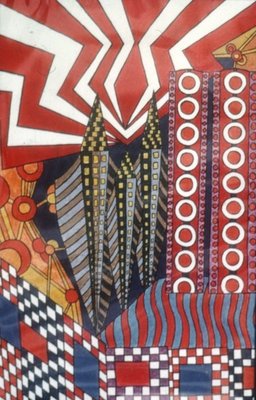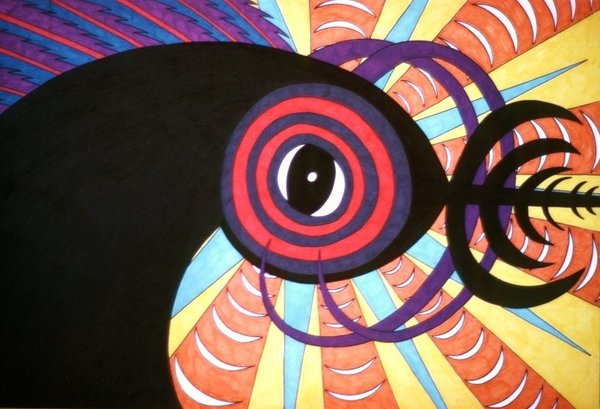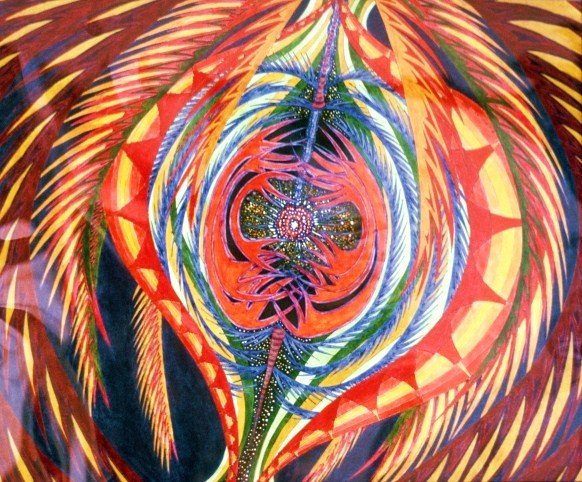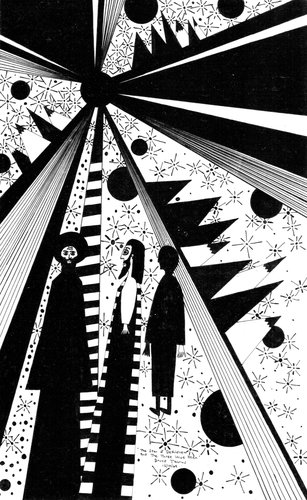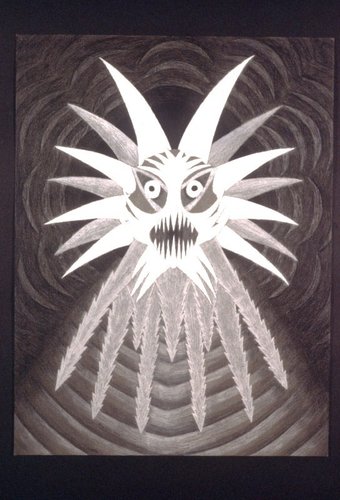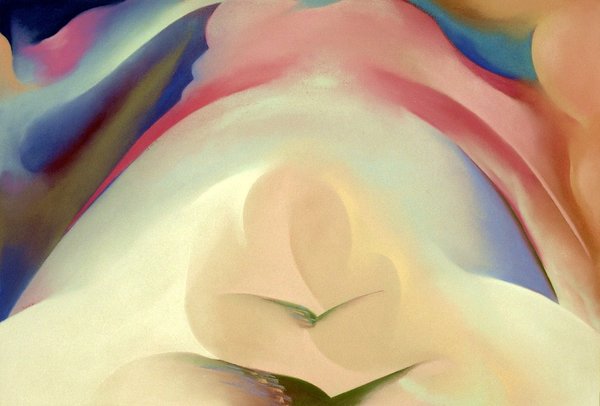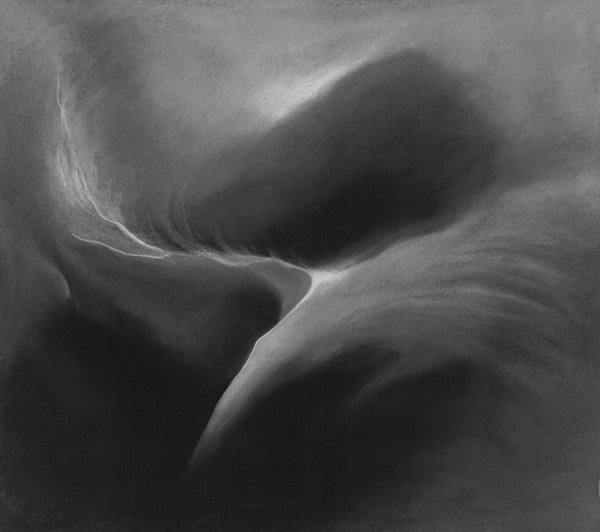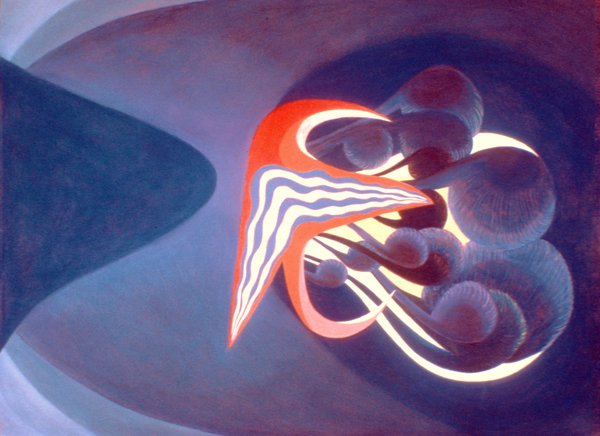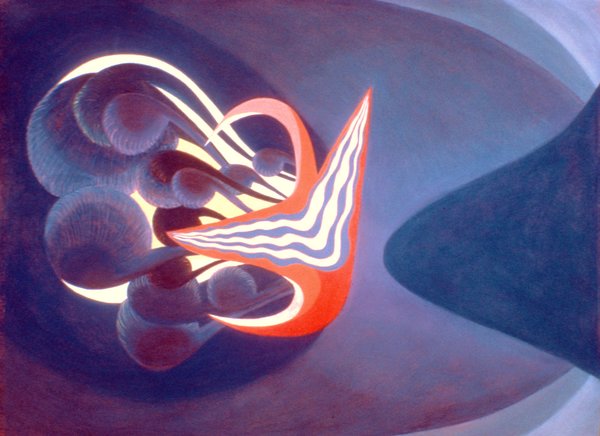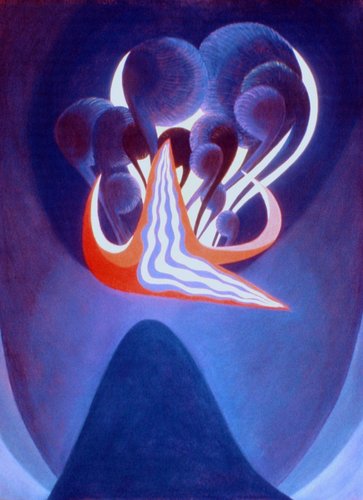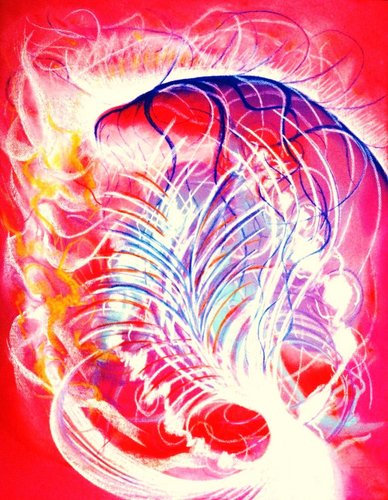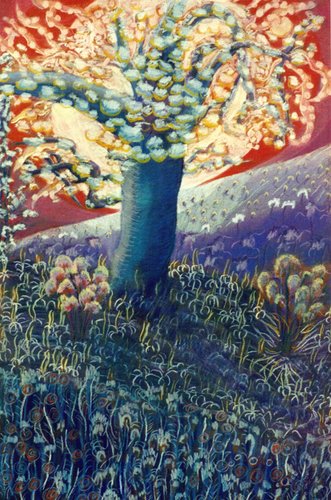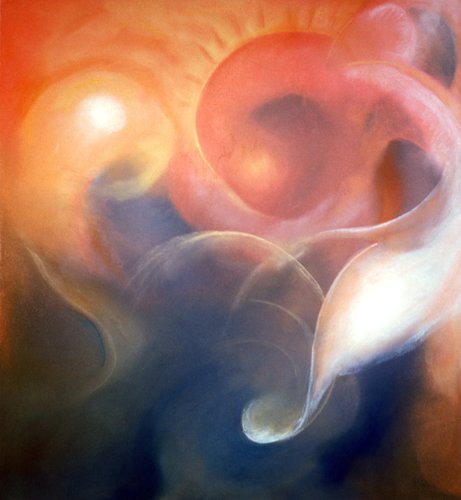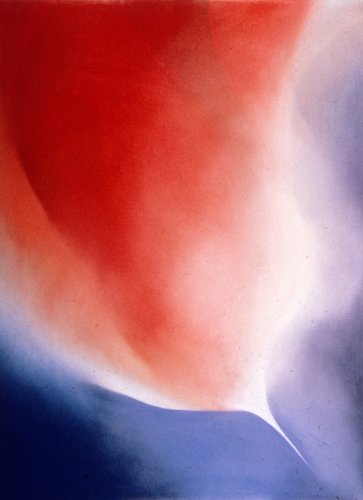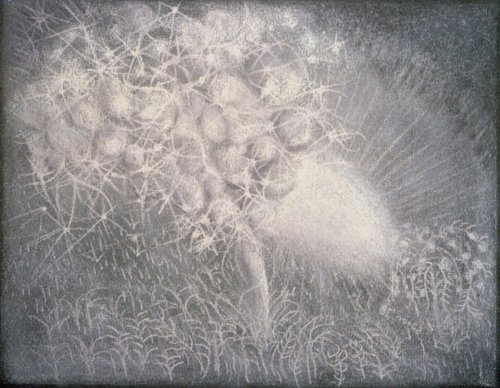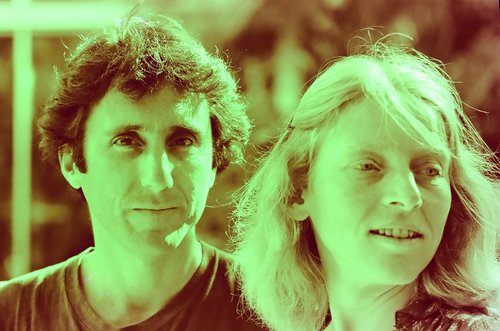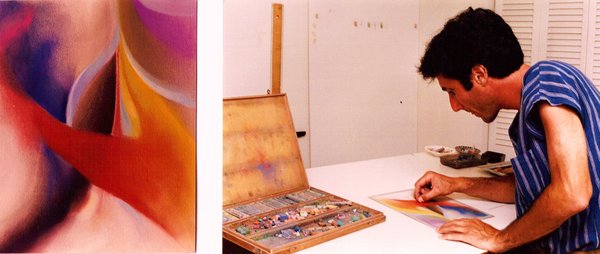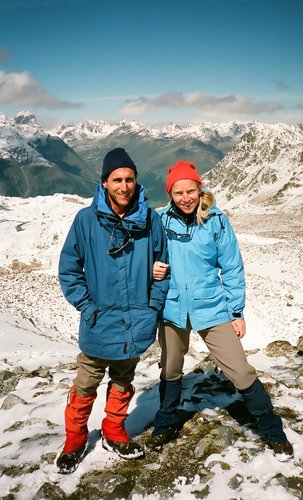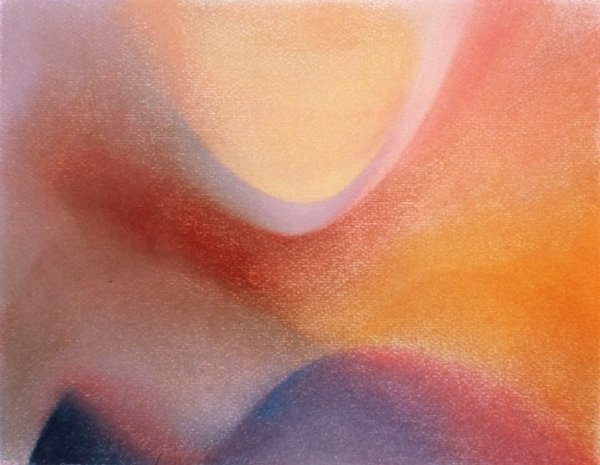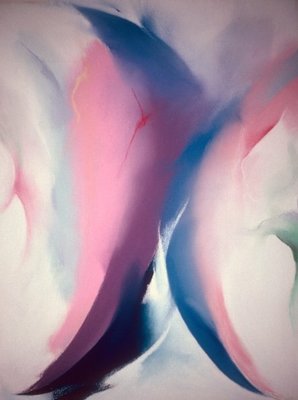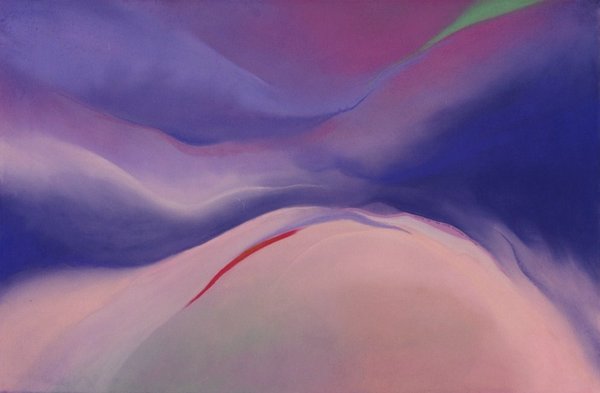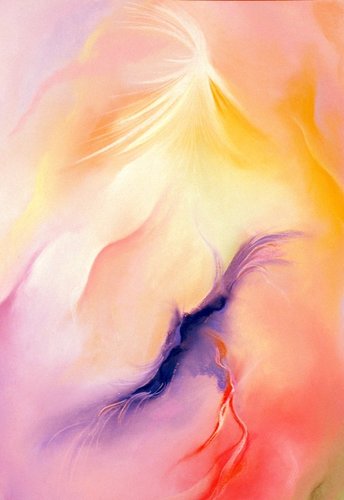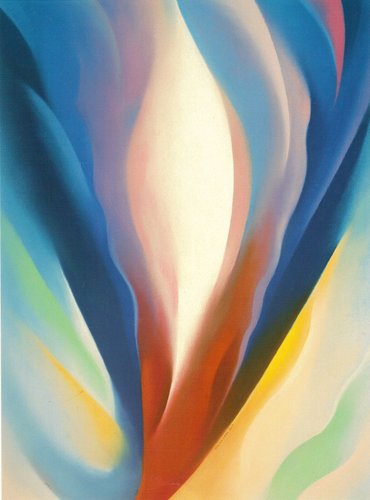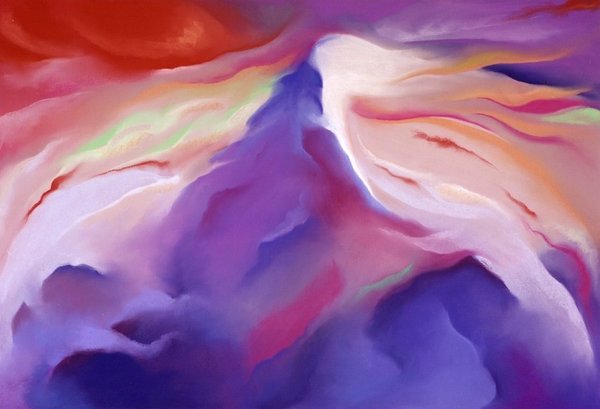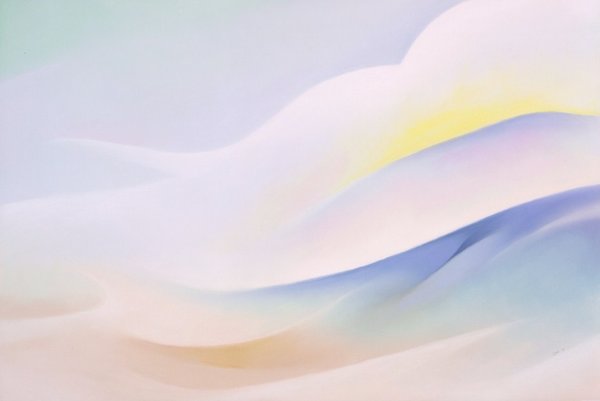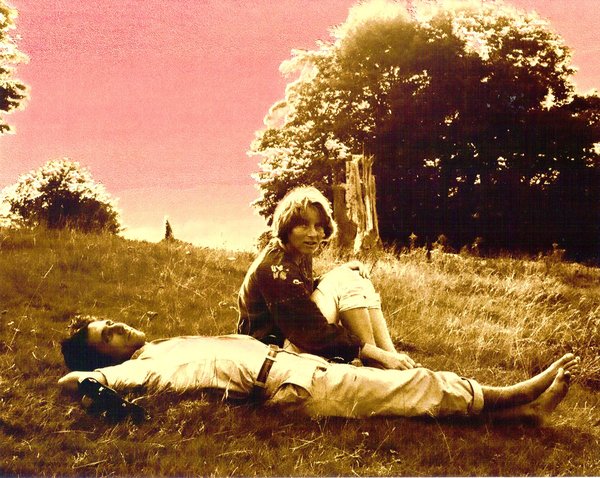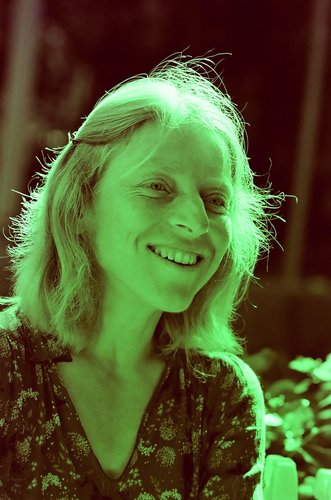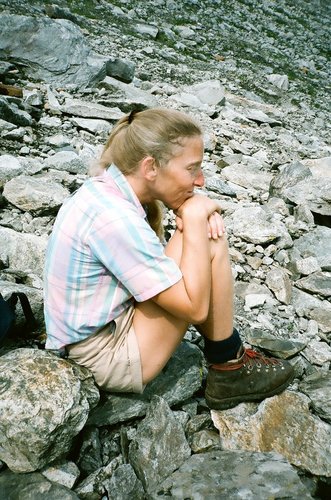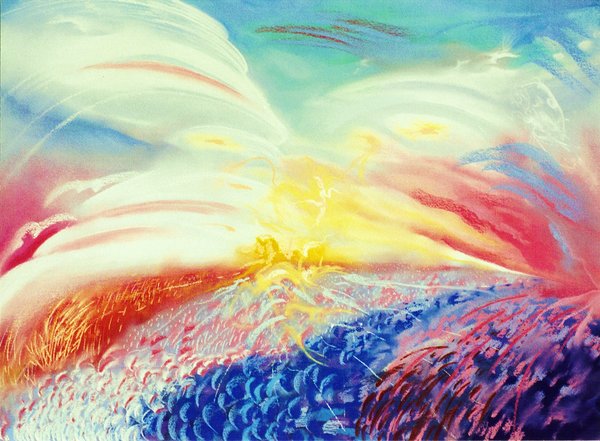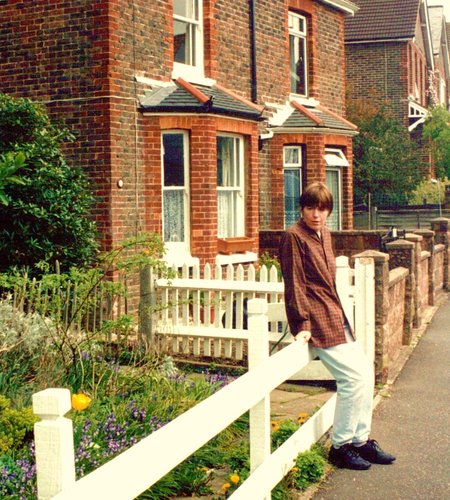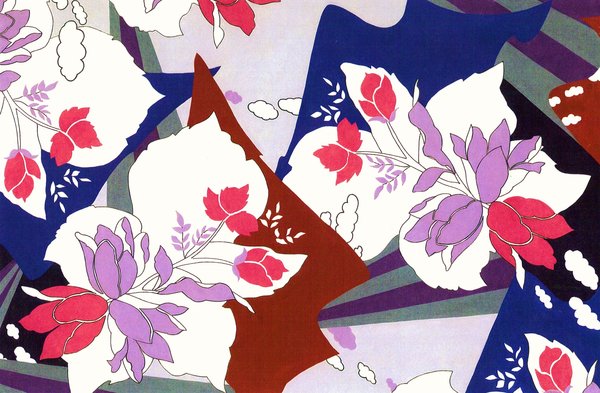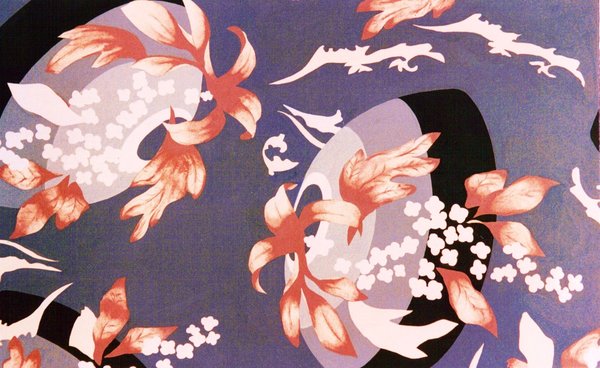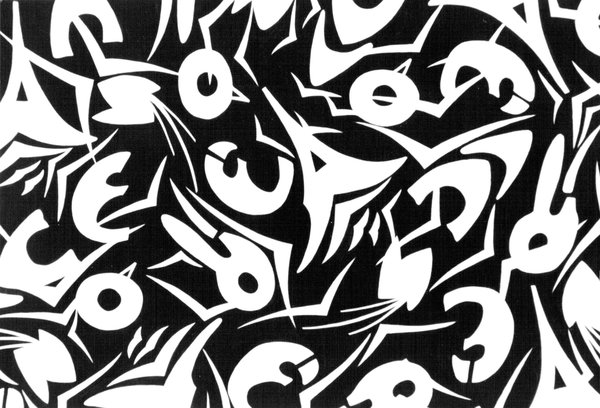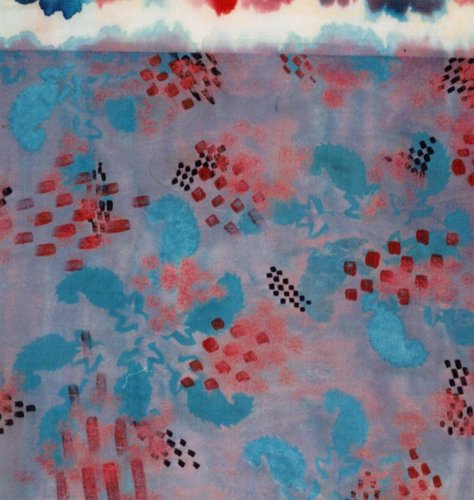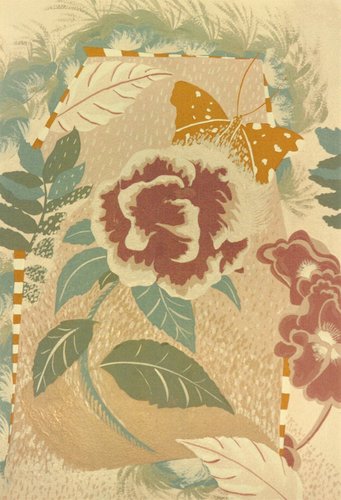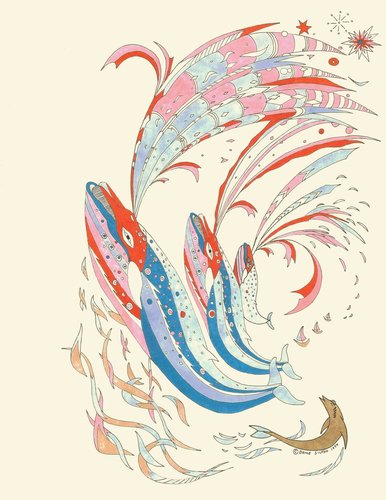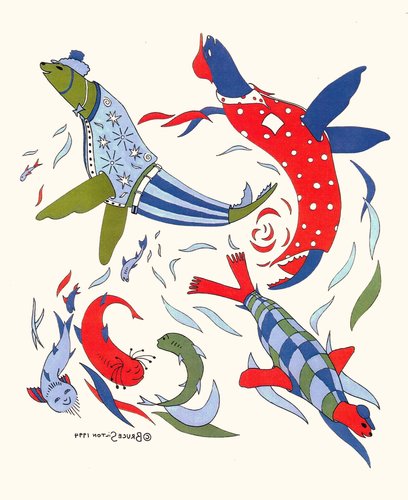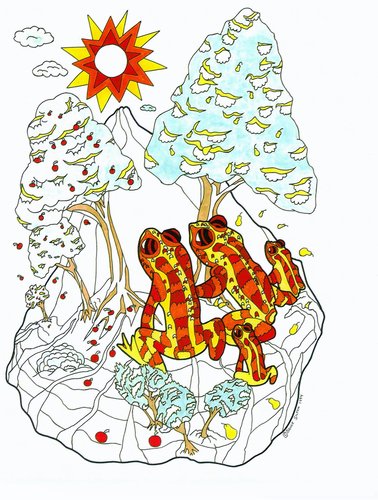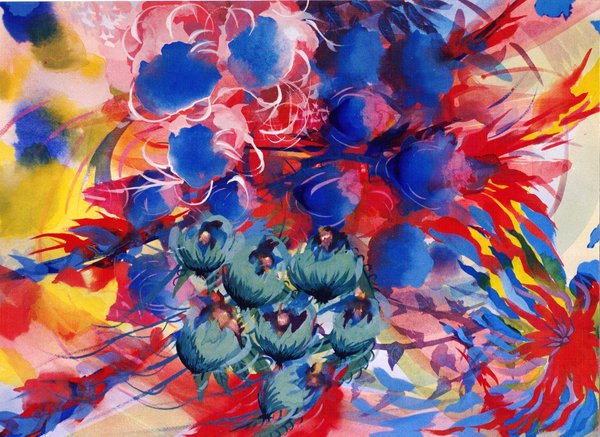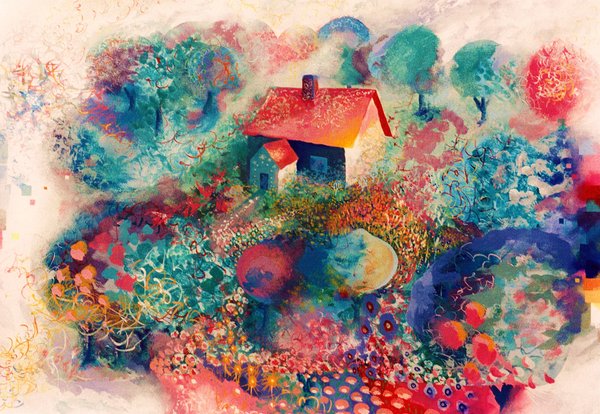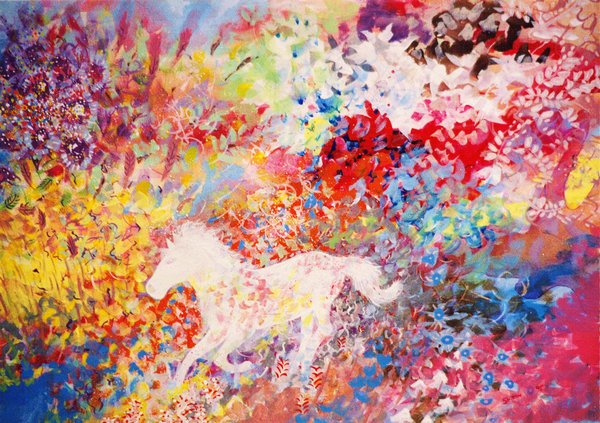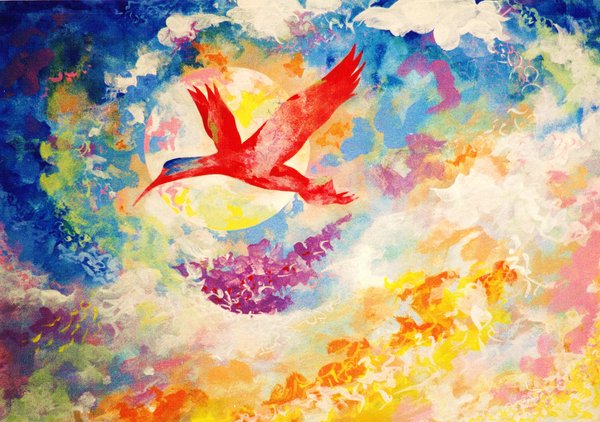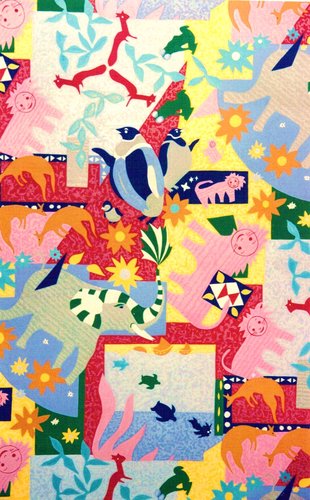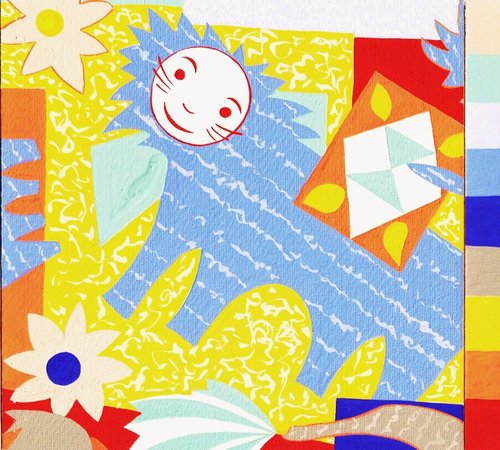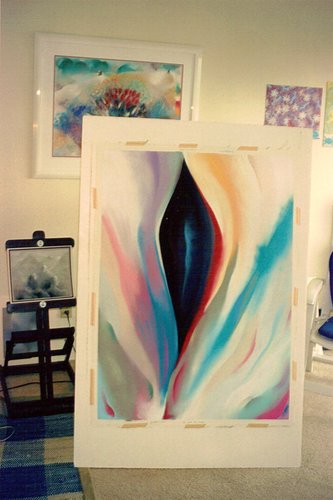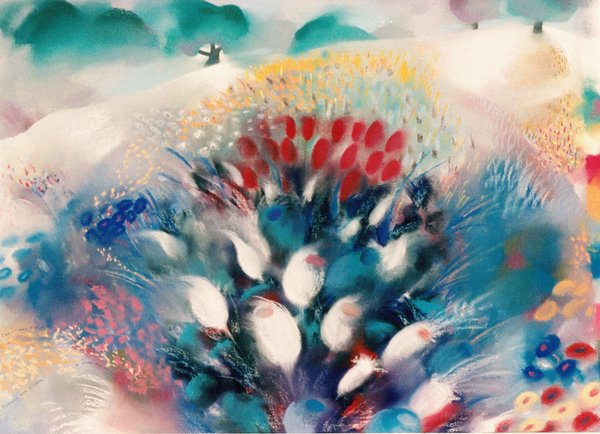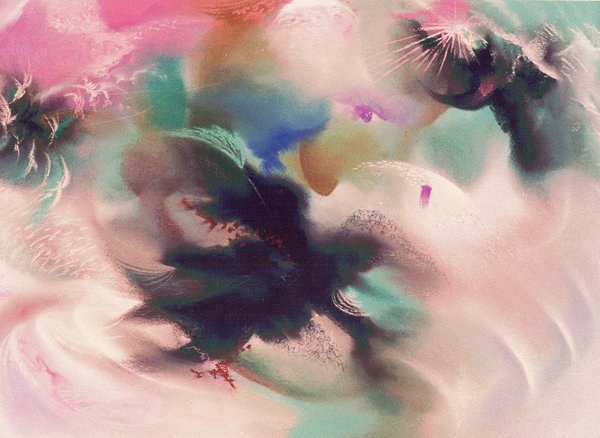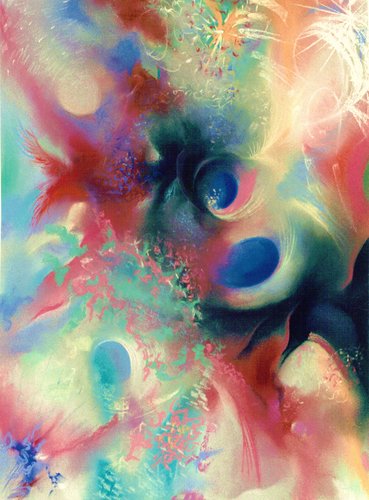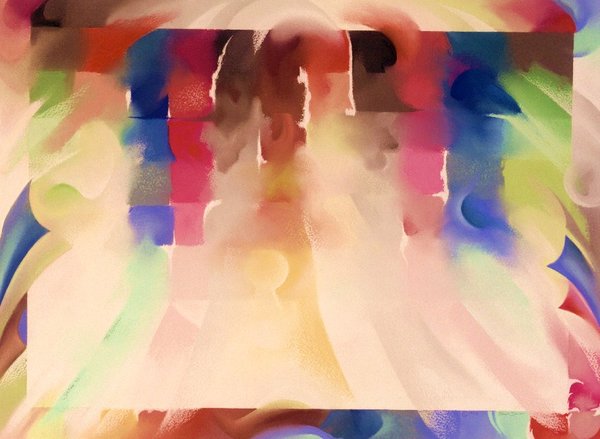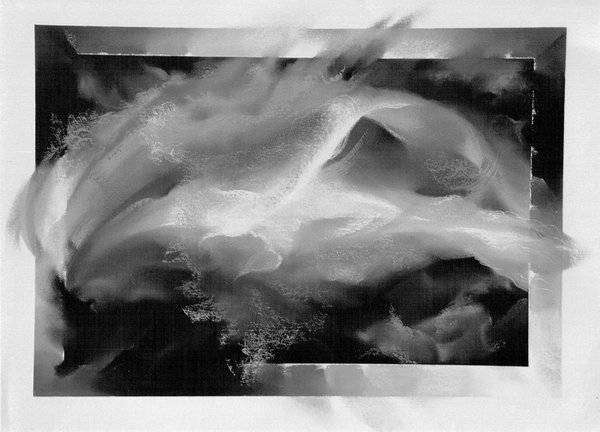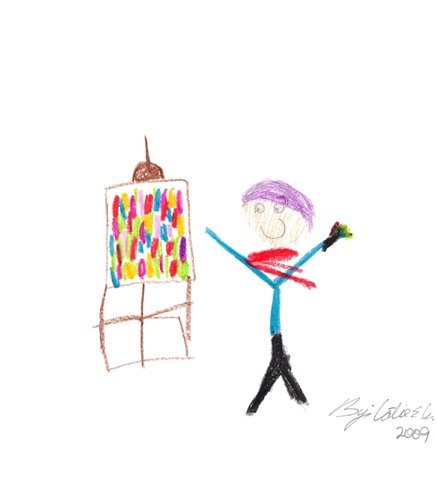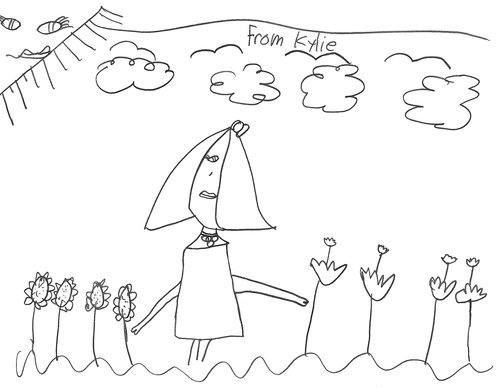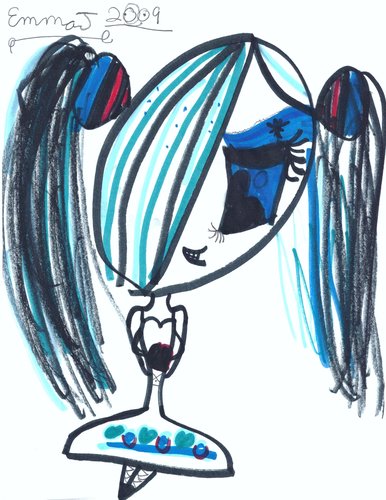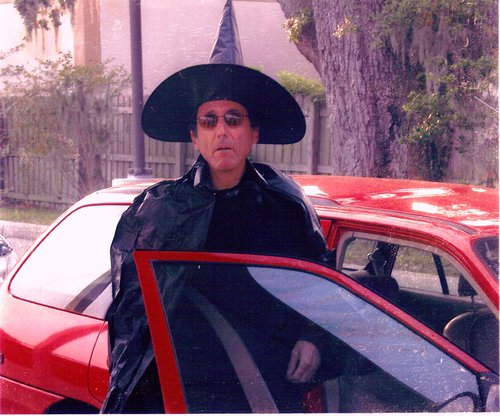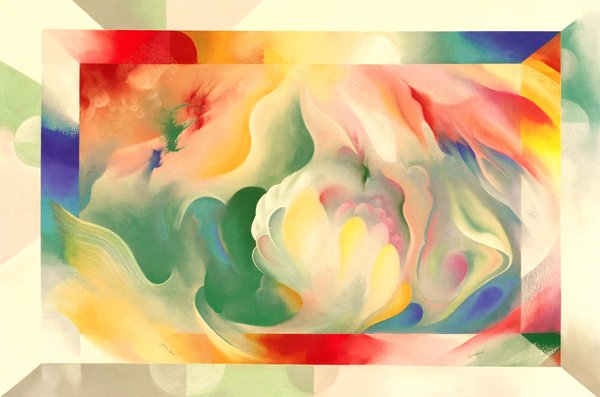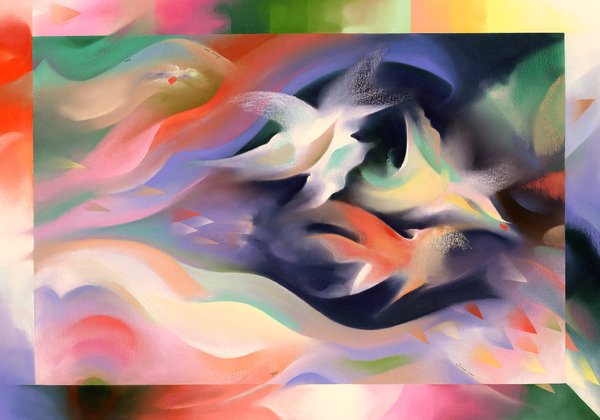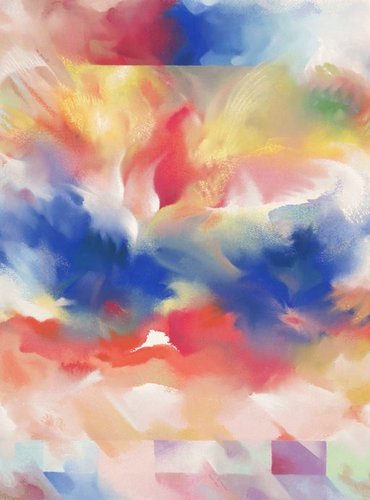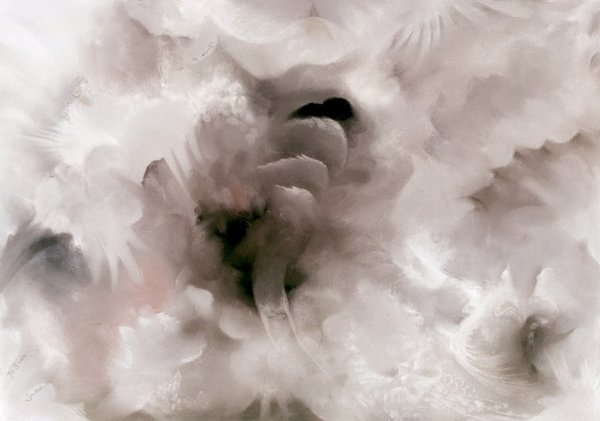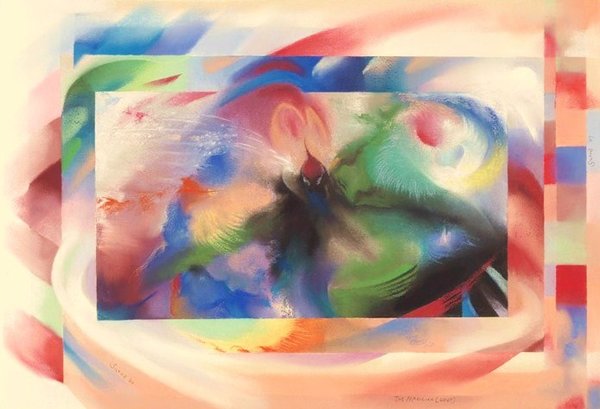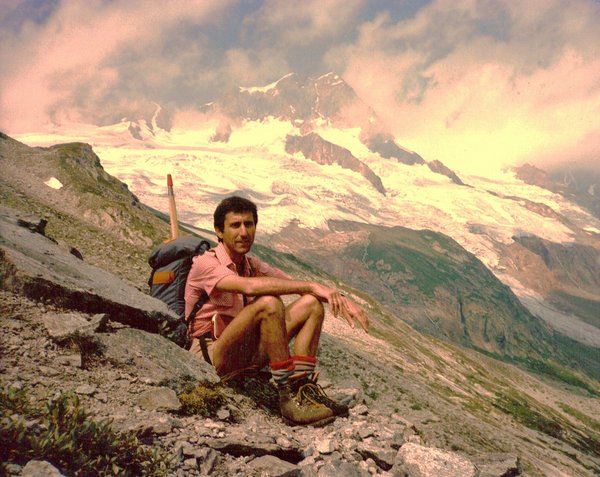Bruce and Mia Silton, 1982
NOTE: This page contains an illustrated biography and my resume. The richly-illustrated biography describes my life as an artist from the beginning (1945) until now (2009). My resume is at the very end.
Bruce Silton: A Visual Biography of the Artist by Davida Tyne Hammerill
Bruce and I had been exchanging emails for some time before I flew to his hometown of Clearwater, Florida, in October of 2009 to meet him in person and have a short holiday. I was looking forward to my week in the sun -- perhaps a bit desperately because Portland, though lovely and green, tends to be grey, wet and cold. Leisurely walks on the Florida beaches, early morning swims in the warm Gulf Coast waters and slow, evening jogs while watching the sunset light up the sky in all its subtropical glory, these and other pleasures had filled my imagination for weeks prior to leaving Oregon. My first surprise on arriving at his home in the pleasant condo community of Pinewood Village was the sight of a 19-inch television set covered by an enormous ivy plant. He fended off my questions with a casual, “I’ll tell you about that later.” I knew in advance that he enjoys telling stories about art because he had sent a few of them to me in the course of our correspondence. And then, one evening, during an organic, vegetarian dinner (thick, homemade pea soup and green salad accompanied by salted almond butter piled high on crispy rice cakes), he made the outrageous claim that every painting, every drawing and even every textile design that has come from his hands has a unique tale intimately connected with its individual creation. "But you've made hundreds of pictures over the last 41 years! Do you really remember all those stories?" I asked, probably a bit aggressively. “No”, he admitted candidly, "to be honest, I've forgotten most of them. But look at that pastel painting from 2005 right there, hanging beside the livingroom window. Because it uses the entire red to violet spectrum of visible light, it's called "Spectrum". The actual size is small, about 10 inches by 15 inches, but it gives a feeling a great size. I started by..."
Spectrum, 2005
After dinner, we sat side by side at his computer while he showed me artwork from the beginning of his career, 41 years ago. "Starship", he told me, while pointing at an image on his flatscreen monitor, "was made 37 years before Spectrum and is wholly another kind of art: clean, exact forms, minimum colors, made of cheap, cut paper pasted onto a white matt board. Still, it's a strong picture. Now, if my memory serves me, it was done soon after a blizzard in 1968 when I was living at 59 Norfolk Street in Central Square, Cambridge, on the fourth floor of a shabby tenement that I shared with my brother Michael, also an artist and a writer. But it had clean white walls and..."
Starship, 1968
Later that same evening, as he drove me back to the Hilton Hotel on Clearwater Beach, he told me the very first story of all, how it all began — that exact moment when he became an artist: "The year was 1946. I was two and a half years old. At that time my family lived in a pretty, white house in Waban, Massachusetts, a suburb of Boston. My body was very small indeed and crawling industriously through the thick, soft carpet of our living room. At first the room was a dull grey, but the clouds must have parted suddenly because in the next instant I was caught inside a wave of warm, brilliant sunlight pouring in through the windows, causing the dust motes floating in the air to glow and sparkle and dance as if alive. I was utterly enchanted by their magic light and motion. I remember thinking with great clarity: 'This is very beautiful. I will be a good artist’ ”. Nevertheless, it took Bruce a few more years to really get started, and it was not until the fall of 1957, when he was fourteen years old and a high school student in Brookline, Massachusetts, that he actually began painting. Though damaged, slides of two paintings have survived from that first period. One of them ("Sailboat in the Sea") shows the primitive beginnings of the organic, flowing, abstract forms that are characteristic of his later fine art and design.
A Sailboat in the Sea, 1957
In his youthful enthusiasm to make pictures, however, the young artist somehow "forgot” to ask for the money to pay for all his art supplies. So, when (as occasionally happened) he ran out of canvas, brushes and paints, he would “borrow" cash from his father’s bureau. To make matters even worse, he was soon feigning illness (playing hooky) in order to have more time for painting. But, as he understood much later in life (and wrote about eloquently in an essay entitled “Inspiration”, published in Imago Magazine in 2005), committing harmful acts, however well justified, undermines the personal integrity required to create good art. And so, with these two moral opposites (honesty and dishonesty) in serious collision, the teenage boy simply stopped painting. Eleven years passed before Silton, now living in Cambridge, once again picked up pens, brushes and paint, but this time (1968) he did so consciously (and ethically), as a young professional, with a longer view of art and life.
Cape Cod, 1968
The years from 1968 to 1970 were intense. He executed a long series of precisely drawn and often highly detailed drawings and paintings using a wide variety of media: pencil, pen & ink, markers, acrylics, oils, oil pastels, watercolors and cut paper. His personal favorite from this period, On the Way to See You (1968), is filled with friendly monsters rushing hither and fro through an alien forest.
On the Way to See You, 1968
After viewing this series for the first time, I said (rather dramatically), "Bruce, your pictures from long ago are outrageously DIFFERENT than the art you've been sending me! In fact, most look like another artist made them!" "That's true", he replied matter of factly. "They are different. But at that time, I was not consciously reflecting on what I was creating. I was making art as fast as I could move my hands, and what came out was a spontaneous expression of my ideas and emotions. Thus I was surprised when a number of my friends noted a definite similarity bertween the motifs, colors and styles of these works to the early art of the native American peoples of North and South America. This comparison mystified and offended me because I thought (naively) that what I was doing had never been done before. Then, growing curious, I did some research to see if it was true -- and it was! I ended up feeling honored to be in the company of some wonderful native-American artists whose names and lives I would never know. "Sadly, not so long ago, when I had my slides from '68 to '70 scanned for my website, many of them were too badly damaged to make an accurate image. One day soon I intend to re-draw and re-paint -- create again -- a few of the images that didn't survive, the ones I liked the most, and see where that takes me. Other slides fared better with only a little damage." He pointed out the dark spots and marks on a drawing called Bright City.
Bright City, 1969
"Fortunately, some of the slides from that time are still in good shape, resulting in excellent scans that will produce accurate fine art prints."
The God of War, 1969
Travelling to the Center of the Galaxy, 1970
The Star of Bethlehem and the Three Wise Men, 1969
The Ancient Mask, 1970
Two events in 1970 profoundly changed the direction and character of Silton's art: The first occurred during an early winter snowstorm in Cambridge while browsing (and warming up) in a Harvard Square bookstore. He chanced upon the first published book on the life and works of Georgia O'Keeffe (Georgia O'Keeffe by Lloyd Goodrich and Doris Bry, Prager Publishers, 1970). The recently arrived book was standing upright in the center of the "NEW TITLES" table. It's full-color cover art, ("Grey Line With Black, Blue and Yellow", 1923) caught his eye. He paid his money, stowed it safely under his parka (it was really snowing outside!) and went back out into the storm. His mind and heart were captivated by O'Keeffe's extraordinary abstract images. Nineteen years later (1989) Bruce wrote about this pivotal experience after completing a painting in her honor entitled "A Song for Georgia": "All artists have their intimate ancestors, their origins and roots: the people and places, the events and ideas that give strong impulse and reach to their creations. To this day, Georgia is a vital inspiration for my painting...Through the example of her life, the honesty of her ideas and the wonder of her pictures, I came to learn the actual worth of another living artist. She existed for me fully, whereas others before her had not. I was no longer alone. "Each picture in her book was perfect for my eyes, Her words spoke to my heart. I was truly at peace with her images of life and death, of earth, mountains and sky. She made the things of this world look like I thought they should. And then she went beyond this world to create a rightness and purpose in the realm of abstraction and the spirit. "I have long since trod my own path as a painter. Yet I oft return to the immense, nay magical beauty of her life and work to restore my courage and integrity. And when I do, when I pick up that old book and open to its first page, my eyes glance to the bottom where, in the winter of 1970, I awoke and inscribed these words: "I Love You, Georgia O'Keeffe."
A Song for Georgia. 1989
The second event was an unexpected gift from Larry Raffel, his friend and a fellow artist: a light-wood case containing approximately one hundred buttery-smooth, brilliantly-colored Rembrandt soft pastels. The timing was perfect. After some initial experimentation, he knew he had the right tool to express the new images that were filling his imagination. But how to get them out of his head and onto paper and canvas? Thus began a trail-and-error period that lasted 4 years: Self-taught as usual, step-by-step, he sought to "loosen his hand" and discard the precision lines and carefully separated colors that had characterized his pictures since 1968. He was consciously finding his own way into a higher level of abstraction. This effort culminated in 1974 with the first abstract pastel painting he was completely satisfied with: "The White Place".
The White Place, 1974
Flight (one), 1972
Flight (two), 1972
Flight (three), 1972
The Energy Bouquet, circa 1973
The Buddha Tree, 1974
New Stars, Far Away, 1975
Red, White and Blue, 1976
The Buddha Tree, 1977
In 1981 he was married to Mia Schmid of Zurich, Switzerland and because Mia disliked the damp, penetrating cold of the long Swiss winters, they settled in sunny Clearwater. The next eleven years were good ones for both of them: avid hikers, they walked up and down the Alpine slopes during their annual summer vacations in Switzerland and lived and worked the rest of the year in Florida.
Clearwater, 1982
Clearwater, 1982
Switzerland, 1985
The walls of their condo at 500 North Osceola Avenue were mainly glass, overlooking the Intercoastal Waterway that winds between the mainland and Clearwater Beach. From his studio facing west and north, the world was filled with diving pelicans, egrets hunting for breakfast, dolphins, sailboats and small islands. During for the next decade (1981-1991), Bruce’s Silton's artistic skills and range of expression grew steadily, he had a number of successful exhibitions, won some awards and began receiving commissions from both American and European collectors. The Studio on Pierce Street, 1982
The Moon Above. 1982
Bossa Nova, circa 1983
The White Mountains in Winter, 1985
Ascent, 1987
Mia, Ich Liebe Dich (I Love You), 1989
The Intention, 1989
First Light, 1991
Then, disaster: After a long and desperate battle, Mia died of cancer in Mexico in 1992 at the age of 47. She was gone, but, for Bruce, the hard times had just begun.
They had been devoted to one another during their 12 years of marriage, but the couple had no children. And so the artist began a series of long-distance moves: the first (1993) a journey of 4000 miles, east across the Atlantic Ocean to County Sussex in the south of England; then (1996) 7000 miles west to Hollywood, California; and the last and perhaps final one (2000), the road back to Clearwater. Throughout these difficult times, he never stopped making pictures because ART was his “firm grip” on the business of living. (So much so, that while travelling from country to country, Bruce carried his sable watercolor brushes in a deep pocket in his jacket. What if his luggage disappeared in an airport! What if the carry-on bag vanished from the rack above his seat!) And regardless of where he lived during this personal odyssey, a complete art studio was set up soon after he had a roof over his head, food in the fridge and a bed to sleep on.
The Big Sky, 1993
In the spring of 1993 he met Anne-Sylvie Monnier of Paris. By Christmas of the same year, they had moved to England and rented the three-story house at 4 Morton Road in East Grinstead, a town about an hour by train from Victoria Station in the heart of London, one of the centers of the international textile market.
Anne-Sylvie, 4 Morton Road, East Grinstead, 1994
He set about becoming a professional textile designer (self-taught) and was soon producing commercial art -- after 26 years of fine art. Weeks of study in London’s museums and libraries were accompanied by long hours of precision drills at the drawing table. He was fully at home with the intense practice and exacting craftsmanship involved in creating the repeating patterns found on both clothing and home furnishing materials (wallpaper, bedding, upholstery, etc.). Floral, animal, landscape and abstract designs began pouring out of his studio on the 3rd floor overlooking the green and misty English countryside.
Clouds and Flowers, 1995
Bowls and Leaves, 1994
Alphabet, 1994
On the Edge, 1995
The Rose and the Butterfly, 1995
In the summer of 1994, Bruce had an opportunity to present his children's designs to the owner of an established Parisian design studio. While the creation of the designs marked an expansion into new aesthetic territory, the meeting in Paris did not go well. But he learned his lessons and wrote about them ten years later in a 2005 article in Imago magazine as part of his "Love Without Gravity" series. It began: "Some attacks leave no marks on the flesh. Observed from a distance, such encounters -- though violent on a spiritual level -- may appear quite civilized. I remember one such event. It happened long ago and far away, on a fine summer's day in the center of Earth's most romantic city..."
The Whales, 1994
The Seals, 1994
The Family of Frogs, 1994
Always the professional, as soon as he had mastered a new tool or technique, he set out to translate it from its commercial application into fine art. The result (in addition to dozens of textile designs) was a group of richly colored and painterly pictures of the “natural world” but seen through the eyes of a mature artist steeped in the creation of abstract images.
The English Bouquet, 1994
L'Atelier (The Studio), 1995
The White Pony, 1995
Ride the Moon, 1995 In late 1995, he worked as a freelance designer with Jeremy Talbot's design studio on Great Peter Street in London, creating art for the home furnishing market. Although their business relationship lasted but a few months, Talbot made a lasting impression on the new textile designer: "Jeremy was an exceptional man, giving generously of his time to a new designer. In the short time I worked with him as a sort of unoffical "apprentice", I Iearned a great deal about the right way to treat an artist. As the studio director, he had an unpretentious way of guiding rather than demanding. It worked well with me because it was based on an actual understanding of my talent and skills. And it was not only my design work that he influenced but my fine art, as well. Years later, in 2004, when I myself began teaching art in Clearwater, I remembered the respect he had given me and successfully applied that attitude to my students. "When he suggested (after observing the kind of art I produced for him) that I specialize in patterns for children, I agreed. The final design I completed while under his direct influence was A Trip to the Zoo. Had I remained in England, this picture shows the direction I would have taken. "Naturally, I was very pleased when he sold one of my designs after I had left England to return to the States. That repaid him at least in part for his great kindness."
. A Trip to the Zoo, 1995
A Detail from A Trip to the Zoo (repainted with different colors), 1995
In January of 1996, he returned to the America, to his next white-walled studio in Hollywood, California. It was there, at 1806 North Berendo Street, that the techniques and skills gained in England fueled an explosion of vibrantly alive pastel paintings.
The Studio on Berendo Street
Christmas Field, 1996
Middle Earth, 1996
Celebration, 1997
The Window, 1998
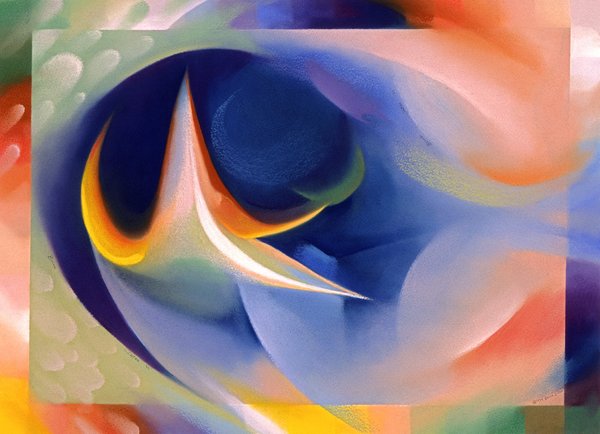
Being, 1998
Dark Sea, Dark Sky, 1999
But despite the success of his California fine art, it was clear from his voice that his four years there were not happy ones. So, at the beginning of March, 2000 (now in his mid-50's and increasingly burdened by arthritis), the artist intentionally remedied his "lack of family" by returning to Clearwater and becoming an academic tutor at Clearwater Academy International, a well-known private school with exceptionally high educational standards. Once settled into his job teaching mathematics, reading, writing and phonics (and, occasionally, art to the older students), he "adopted" the 80+ young children in the kindergarten through third grade classes. Now (2009), after nearly ten years at the school, he tells anyone who will listen, "These children are my favorite people in the whole wide world."
Bruce, the Artist by Catie Currier (6th grade, 2009)
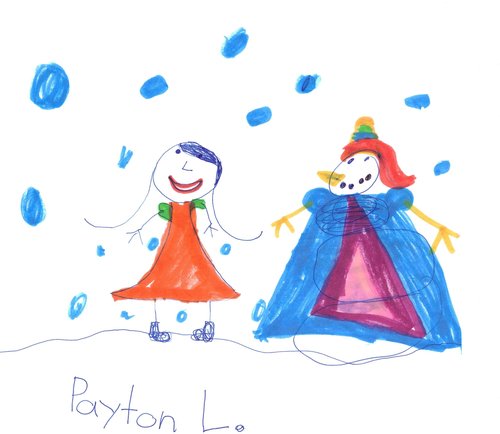
A Christmas Picture by Payton Leesely (2nd grade, 2009)
Eight Flowers by Kylie Sciandra, (3rd Grade,2009)
Cool Chick by Emma Joyce (3rd Grade, 2009)
Halloween (at Clearwater Academy International), 2007
Silton's paintings from this same period (2000-2009) reflect technical mastery of his tools as well as the uninterrupted growth of his creative powers.
The Magician, 2000
Three, 2002
Sky Dancing with Mia, 2005
Winged Victory, 2005
The Storm, 2007
The Magician, 2007
Clearly, though he has still not remarried and can no longer climb the mountains he loves, better days have returned. Quite in addition to his commercial design and fine art, writing as an art form has always held a vital place in his creative life. His first book, a volume of poetry (The Winter Planet) was completed in 1977 and illustrated by his brother Michael in the 1987. It was in the pages of this book that he first wrote about his life as a painter:
"...But when I am alone, As in the night, I close the world and leave my body And yield my full song, Without a tool, Without even breathing."
Since 1989, his passion for the written word (in the form of short stories, a adventure novel on immortality and past lives, a series of essays on art and aesthetics, a original paper on how to educate more and better mathematicians, and, finally, a 300-page, illustrated book on teaching mathematics to children) has reached a comfortable balance with his work as a painter and designer. In the fall of 2002, at the opening night of an exhibition of his recent paintings at the Clearwater Arts Center, he met a television producer, Vera Burianek, who later filmed a show about the artist and his paintings. It aired on Tampa Bay television later that same year. His complete series of 13 illustrated essays on art and aesthetics was published in a monthly column called “Love Without Gravity” in Imago Magazine in 2004 and 2005. (To read some of these articles, click on the "Love Without Gravity " link in this menu of this website.) Today (October of 2009), Bruce — now 66 — lives in a small-but-nice, all-white condo (white tile, white walls and white ceiling) filled with art and plants and sunlight and continues creating with undiminished intensity in the fields of the arts. He has many good habits (he swims 6 days a week at the YMCA, eats 99% organic food, studies algebra over dinner, cares for 16 houseplants and is soon to add a cockateel to his household) and only one really bad one: (remember the ivy plant mentioned above?) He hasn't watched television in 20 years. When he tells this fact to his young students, they gasp and gape. "How can you LIVE without TV?" they ask in disbelief. Then, with their mouths stretched wide in amazement he turns to his bookcase, takes out a thick stack of his own stories, drawings and paintings and shows them the powerful evidence of a simple truth: that life is lived best when a person, child or grown-up, creates things of beauty that enhance the lives of others. The day before my return flight to Portland, on a cool morning in October, I visited Bruce at Clearwater Academy. As I walked into his small tutoring office on the first floor of the school, the first thing I noticed were its walls: yes, they, too, were white and clean -- but thickly papered with simple-but-elegant drawings made for him by his young students. With pride, he points to one, made by a third grader learning subtraction facts. It states in bold green and blue capital letters: “BRUCE ROCKS!”.
the end
2008
Author's Note Davida Tyne Hammerill is a nom de plume (pen name) for Bruce Silton. When I set out to write this biography, I found I could not say the things I wanted to say. The words would simply not come forth to be written down. My solution was to invent a person who would tell my story. I gave her a name: Davida Tyne Hammerill. As soon as it was Davida writing about me, the story flowed and I was able to speak the truth as I knew it. I conceived Davida, “my biographer” , to be a truly decent human being, a good artist and a loyal friend, but she does not exist except in my imagination and, of course, in the words written above. However, the actual story of Bruce Silton, artist and writer, as told by her, with all his particular and peculiar ideas, adventures and creations, that story is true. Copyright 2009 Bruce Silton
Switzerland, 1986
Bruce Silton: Artist's Resume
Email: bruce@brucesilton.com Website: BruceSilton.com
2005 “Awakenings”, Imago Group Art Gallery, Dunedin, FL
Bryan and June Zwan, Clearwater, FL
Publications & Reviews 2005 Living with Color, Volume 2, Seabrook Designer Series 2005 The Round Table, the magazine of Clearwater Academy International, Issue 3, Volume One, “Bruce Silton, Staff Feature” 2005 Imago Magazine, Volume 5, Issues 1, 2, 3, 4, 5, 6, and 7 “Love Without Gravity, An Artist’s Journey”, a monthly column of essays and stories on the philosophy of art, written and illustrated by Bruce Silton 2004 Imago Magazine, Volume 4, Issues 6, 7, 8, 9, 10, and 11: “Love Without Gravity, An Artist’s Journey”, a monthly column of essays and stories on the philosophy of art, written and illustrated by Bruce Silton 2004 Eat Well and Live, Sound Food Publishing, Clearwater, FL, front-cover illustration 2002 Imago Magazine, Issue 9, Vol. 2, “The Beautifully Pastel World of Bruce Silton”, art review by Alan Mock 1999 Thawed Stars, Poems by Alice Pero, Sunlink Publications, front-cover illustration and 8 chapter illustrations 1999 HR: Magazine, Volume 2, Issue 1, Fine Art Nouveau, back-cover painting: “Mia, I Love You.” 1990 The National Bulletin, “Visions and Vagaries”, Volume IV, Issue II, art review by Julie Goldman Connard 1983 The Suncoast News, November 17, “A Local Artist”, art review by Janis Coker 1971 The Boston Herald Traveler, September 5, “A Brotherly Exhibit”, art review by Caron Le Brun Danikan
Awards & Honors 2005 The Pastel Journal, 7th Annual Pastel 100 Award Winners, Honorable Mention, Abstract 2004 The Pastel Journal, 6th Annual Pastel 100 Award Winners, Honorable Mention, Abstract 2001 Twenty-two paintings chosen for the Permanent Collection of the Sandcastle, Clearwater, FL 1990 First Place in Drawing, The International Artist’s Guild Exposition in Clearwater, FL 1990 24-foot mural for the St. Joseph Mother and Child Center of St. Petersburg, FL 1989 Christmas Poster for the Annual Pinellas County (Florida) Foster Children’s Event
Lectures & Public Speaking 2005 Teach-In: “Fine Art Painting as a Career”, Clearwater Academy International 2004 Teach-In: “A Career in Textile Design” Clearwater Academy International 2002 Teach-In: “The Painter as a Writer”, Clearwater Academy International
Related Activities 2009 Art Teacher “Color and Design” and “Textile Design”, Summer 2004-06 Art Teacher, Clearwater, FL 2004-05 Free-Lance Textile Designer, Howard Design Studios, Clearwater, FL 2000-01 Teacher: “Color and Design”, Fall and Spring semesters, Clearwater Academy International 1995 Free-Lance Textile Designer (home furnishings) Jeremy Talbot Studios, London, England 1995 Free-Lance Textile Designer (apparel), D & M Studios, London, England Education 1994-95 Textile Design (for home furnishing and apparel) London and Paris (self taught) 1970-71 Etching/Painting/Drawing, School of Museum of Fine Arts, Boston, MA 1964 Three-Dimensional Design, Harvard University School of Design, Cambridge, MA 1953 Sculpture, Museum of Fine Arts, Boston, MA Personal Born in Cambridge, Massachusetts, May 4, 1943
|
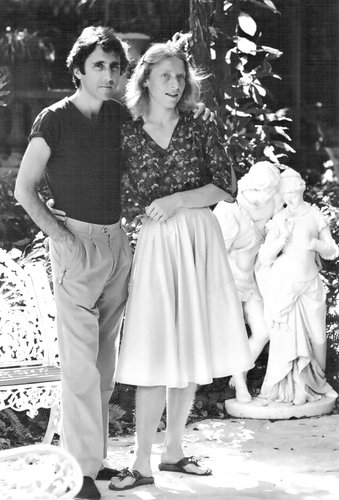
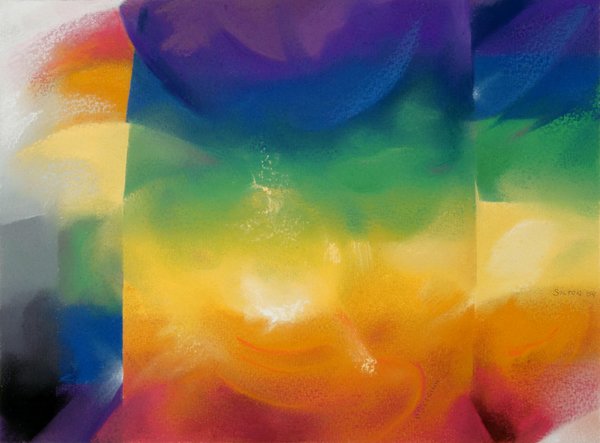
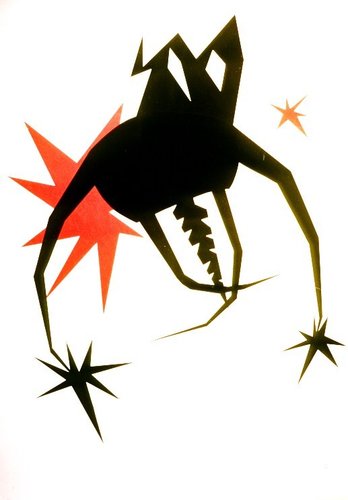
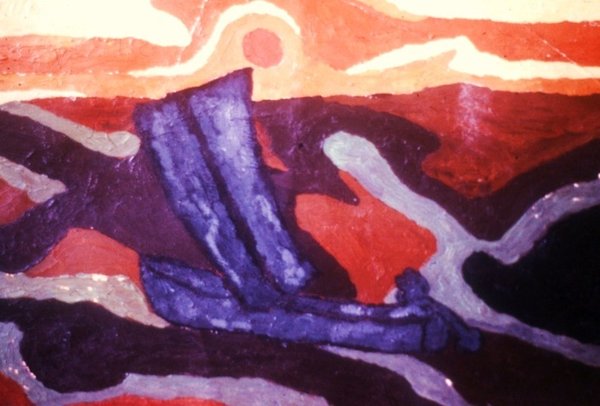 .
.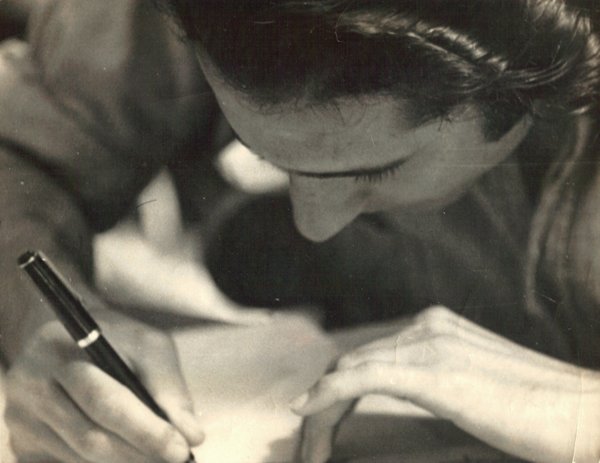
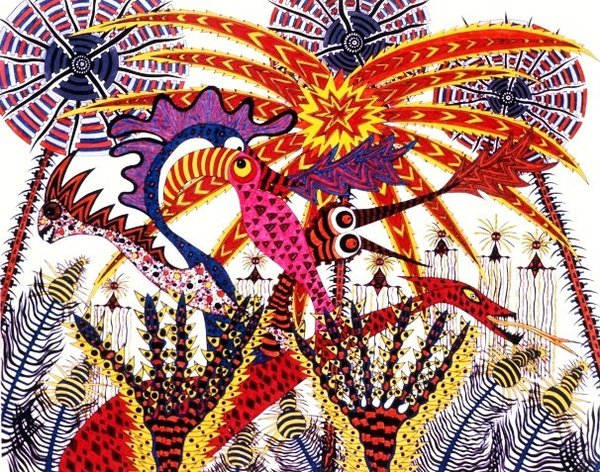 d
d 